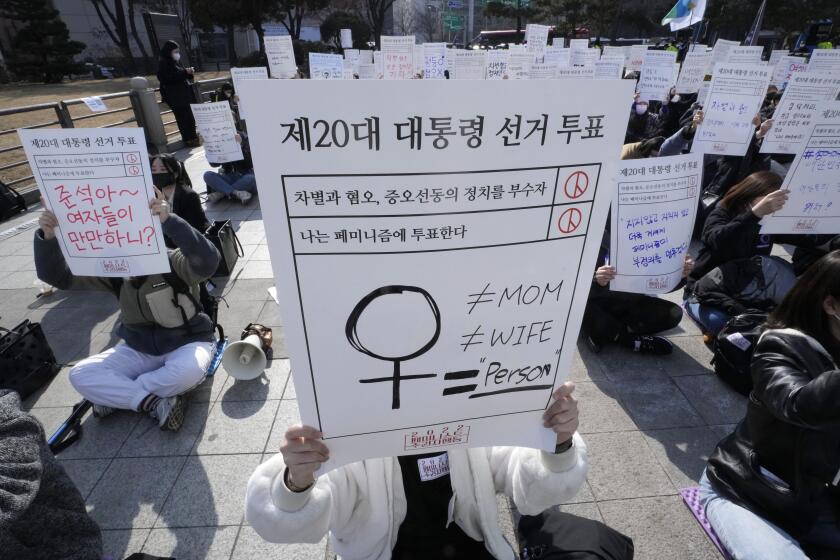Supreme Court Decision Ends Montana Bid to Keep House Seat
- Share via
WASHINGTON — The Supreme Court on Tuesday upheld Congress’ 50-year-old method of allocating seats in the House of Representatives, a ruling that will cost Montana one of its two seats in the chamber.
The unanimous decision is good news for the state of Washington, which could have lost the ninth seat it gained after the 1990 census.
The justices dismissed an earlier ruling by two Montana-based federal judges that threatened to throw a wrench into the state-by-state efforts to redraw boundaries for congressional districts.
Acting on an appeal by Montana’s top officials, the two judges concluded in October that Congress had failed to adopt the best and fairest formula to allocate the 435 seats in the House.
Disagreeing, the Supreme Court said no formula achieves perfect fairness. Each state, no matter how small, gets one representative in the House. No congressional boundary can cross state lines, and as a result, congressional districts differ somewhat in size among the states.
Since the first census in 1790, Congress has struggled to find a fair way to allocate seats in the House. Under the Constitution, each state has two representatives in the Senate.
In the 1920s, the National Academy of Sciences convened a panel of mathematicians to study the problem and they recommended the “method of equal proportions.” Beginning with the 51st seat, each seat is given to the state with the highest number of people per representative. For example, California, with 30 million people, would get the 51st seat. New York, with 18 million, would get the second.
This system was first used after the 1930 census and was written into law in 1941. It had gone unchallenged until last year, when a three-judge federal panel, sitting in Helena, Mont., agreed to hear the appeal filed by Montana’s officials.
The 1990 census required a shift of 19 seats. California, Texas and Florida picked up 14 of those seats, mostly at the expense of older, industrial states in the North and Midwest.
Montana’s population declined slightly to 803,655. Formerly represented by two members in the House, it is slated to lose one seat in the new Congress.
In October, the judges who heard Montana’s appeal issued a 2-1 ruling declaring the reapportionment “unconstitutional and void.” They ordered the Commerce Department to adopt a “method of harmonic mean” that would have taken away Washington state’s ninth seat and given it to Montana.
Bush Administration attorneys quickly appealed the case (U.S. Department of Commerce vs. Montana, 91-860), and the high court issued its ruling less than four weeks after hearing the arguments.
“Neither mathematic analysis nor constitutional interpretation provides a conclusive answer” to which formula is fairer, wrote Justice John Paul Stevens. “We see no constitutional obstacle preventing Congress from adopting a sensible procedure” written into law 50 years before, he said.
More to Read
Sign up for Essential California
The most important California stories and recommendations in your inbox every morning.
You may occasionally receive promotional content from the Los Angeles Times.














